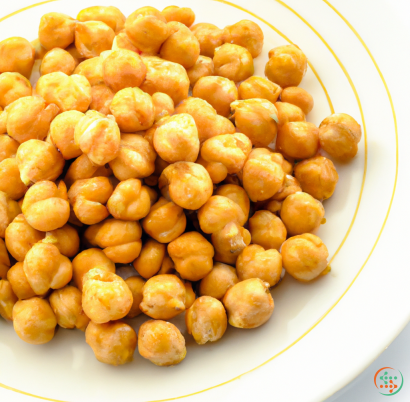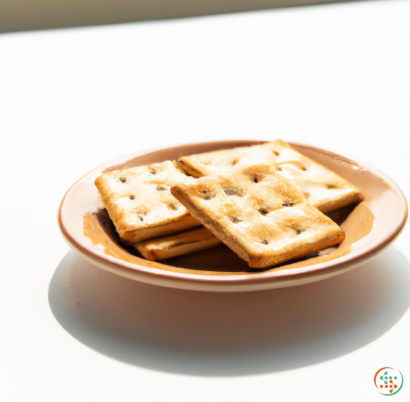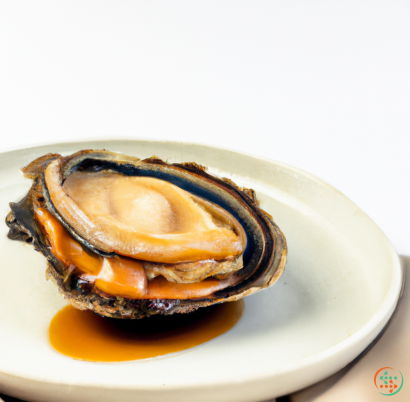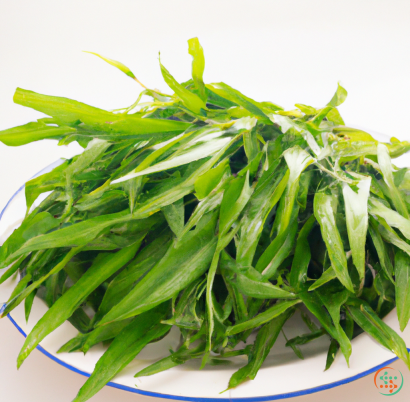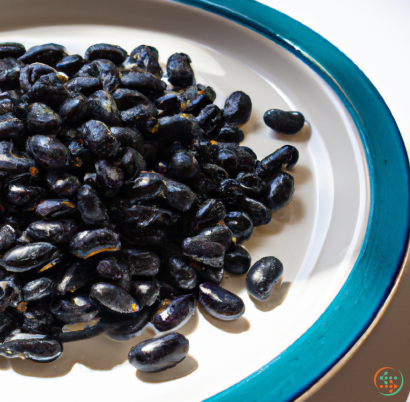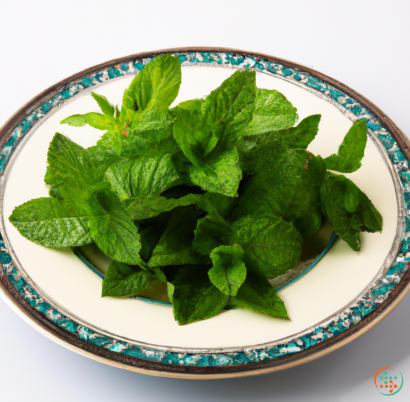Cowpeas
What is a Cowpea?
Cowpeas (Vigna unguiculata) are a type of legume and one of Africa’s oldest crops, with origins dating back to 750 BC. Generally consumed as a dried seed, cowpeas are an important source of protein in-and-of-itself, but more recently it has been used to develop a fermented food called Gunga. Cowpeas are even being studied for their potential use as a biofuel source due to their relatively high oil content.
Appearance and Varieties
When planted, cowpeas are small, purple-podded legumes that may reach up to 18 inches in length. They can come in either a bush or vine variety. There are several different varieties of cowpeas including black-eye, crowder, white acre, black cow, zipper and asparagus pea.
Nutritional Value
Cowpeas are not only a great source of protein, but they also have a number of other health benefits. One cup of cooked cowpeas provides 29g of protein, 11g of dietary fiber, and 312 calories. In addition, they have an impressive amount of important vitamins and minerals such as magnesium, iron, calcium, and zinc. Cowpeas are also a great source of antioxidants which can help protect against various diseases.
Culinary Uses
The most common way to enjoy cowpeas is by boiling them until tender, though you can also eat them raw or canned. In African countries, Cowpeas are used to make a traditional dish called pottage. This is a thick stew made out of vegetables, pulses, and flavors. Cowpeas can also be added to salads, soups, curries and dips. People may also soak the dried peas overnight before boiling to ensure easier digestion.
Gunga
Gunga is an African fermented food made with cowpeas. It is believed to have originated in Senegal and has traditionally been consumed by people in West Africa. The fermentation process takes several days and adds additional nutrients as well as making the cowpeas easier to digest. Gunga is considered to be a “superfood” and is used to treat a range of illnesses, including malaria and HIV/AIDS.
Biofuel
Due to its relatively high oil content, cowpeas are becoming increasingly popular among researchers as a potential biofuel source. While the production of biofuels from cowpeas is still in its preliminary stages, it holds a great deal of promise. Cowpeas can be easily cultivated in degraded soils, making them an ideal crop for areas where other traditional oil-yielding crops may not thrive. Additionally, the oil from cowpeas can be used to create biodiesel, which would provide an alternative to petroleum-based fuels and reduce our reliance on foreign oil.
Overall, cowpeas are a nutritious and versatile legume with many potential uses. Not only do cowpeas provide a great source of protein, but they can also be used to make Gunga, a nutritious traditional food, and may even be able to provide a sustainable biofuel source. Need we say more?
Cowspeas are an important and highly nutritious legume that are integral to many diets around the world. From steak and kidney pie to ratatouille, these little beans are a source of essential protein and vitamins for both humans and animals alike. This article will explore the journey of a Cowpeas from the farm all the way to a dinner plate, exploring the processes involved along the way.
The Journey Begins
The journey of a Cowpeas starts in a field, or plantation. The best growing conditions for Cowpeas are hot and humid with plenty of rain and sunlight. Here, farmers will sow the Cowpea seeds into the ground at the right time of year, usually in the spring. After a couple of weeks, the seeds germinate and grow, producing shoots and leaves which start to form the plant.
As the plant grows, so do the beans. Farmers tend to the Cowpeas regularly, watering and removing weeds as needed. In some countries, farmers also add agricultural fertilizer to the fields, which helps boost the growth of the plants and aids the production of more beans. The amount of water, sunlight and fertilizer is monitored carefully, so that the crops are as productive and healthy as possible.
Harvest and Processing
When the Cowpeas have reached full maturity, it is time for harvest. This process can involve walking through fields, or using machinery such as combines in larger operations. The harvesting process is delicate; the Cowpeas are manually separated from the stalks, pods and leaves and collected in baskets. Any damaged or rotten beans are discarded at this stage. All these components will be recycled later, either as food for livestock, for composting or used for other purposes.
Once the Cowpeas are harvested, they are usually processed and cleaned. This can include sorting through them to remove any stones or debris, and rinsing them in clean water. Typically, they are then cooked, either by boiling or roasting. This improves the taste of the beans and makes them easier to digest. The cooked Cowpeas can then be packaged, either in cans or in plastic bags with a label.
Distribution and Transportation
Once the Cowpeas are ready to be transported, farmers usually take them to a market. A market is a place where people gather to buy and sell food. Here, farmers can sell their Cowpeas directly to consumers, or to wholesale traders who will buy in bulk for onward distribution.
It is important for the Cowpeas to arrive at their destination in a safe and timely manner. The most common transport used for Cowpeas is truck transport. They may also be shipped in bulk by train, or moved by air or sea. If goods are moved by air or sea, it is important that they are packed carefully and securely to prevent any damage from the elements or rough handling, and the temperature should be controlled so that the quality of the goods is not compromised.
Distribution and Retail
Once the goods have been transported to their destination, they may be sold directly by the farmer to a wholesaler or retailer. The wholesaler can then sell the goods in bulk to retailers, who will then package them in whatever format is required (e.g. cans, bags).
The retailers can then decide how they want to distribute their Cowpeas. They may choose to display them in their store, or sell them online. The goods may also be passed through multiple channels before they reach the consumer. For example, the retailer may sell the goods to a wholesaler, who may then sell them to another retailer or online business.
Consumption
Eventually, the goods will make it to the consumer. How the consumer prepares them depends on their kitchen experience and culinary preferences. Cowpeas can be eaten raw, boiled, steamed and roasted, as well as being used in soups, stews and salads.
It is often important for the Cowpeas to be soaked or boiled before cooking. Boiling helps to soften them and improve their digestion. This is essential for those who may have difficulty with digesting the hard, dry beans. Once cooked, the next step involves serving the delicious Cowpeas with your favourite meal – beef and kidney pie, ratatouille or just as a side dish.
Conclusion
As you can see, the journey of a Cowpeas from the farm to your dinner plate is quite intricate. From the planting, harvesting and processing of the seeds to their distribution, transportation and eventual consumption, the beans are handled with care and precision at every step.
Their versatility, nutritive value and ability to be enjoyed in a variety of culinary interpretations make Cowpeas an important food source and nutritional staple all around the world.
| Vitamin A | 0.001 mg | |
| Beta-Carotene | 0.009 mg | |
| Vitamin E | 0.28 mg | |
| Vitamin K | 0.0017 mg | |
| Vitamin C | 0.4 mg | |
| Vitamin B1 | 0.2 mg | |
| Vitamin B2 | 0.06 mg | |
| Vitamin B3 | 0.5 mg | |
| Vitamin B4 | 0.0322 grams | |
| Vitamin B5 | 0.41 mg | |
| Vitamin B6 | 0.1 mg | |
| Vitamin B9 | 0.208 mg |
| Calcium | 0.024 grams |
Daily Value 1.3 g
|
| Iron | 0.00251 grams |
Daily Value 0.018 g
|
| Magnesium | 0.053 grams |
Daily Value 0.4 g
|
| Phosphorus | 0.156 grams |
Daily Value 1.25 g
|
| Potassium | 0.278 grams |
Daily Value 4.7 g
|
| Sodium | 0.004 grams |
Daily Value 2.3 g
|
| Zinc | 0.00129 grams |
Daily Value 0.011 g
|
| Copper | 0.27 mg |
Daily Value 0.9 mg
|
| Manganese | 0.48 mg |
Daily Value 0.0023 g
|
| Selenium | 0.0025 mg |
Daily Value 0.055 mg
|
| Tryptophan | 0.095 grams | |
| Threonine | 0.294 grams | |
| Isoleucine | 0.314 grams | |
| Leucine | 0.592 grams | |
| Lysine | 0.523 grams | |
| Methionine | 0.11 grams | |
| Cystine | 0.085 grams | |
| Phenylalanine | 0.451 grams | |
| Tyrosine | 0.25 grams | |
| Valine | 0.368 grams | |
| Arginine | 0.535 grams | |
| Histidine | 0.24 grams | |
| Alanine | 0.352 grams | |
| Aspartic Acid | 0.933 grams | |
| Glutamic Acid | 1.463 grams | |
| Glycine | 0.319 grams | |
| Proline | 0.347 grams | |
| Serine | 0.387 grams |
| Total Sugars | 0.131141 grams |
per 100g
|
| Palmitic acid (16:0) | 0.11 grams |
|
| Stearic acid (18:0) | 0.02 grams |
|
| Total Saturated fatty acids: | 0.13 g | |
| Erucic acid (22:1) | 0.01 grams |
|
| Oleic acid (18:1) | 0.04 grams |
|
| Total Monounsaturated fatty acids: | 0.05 g | |
| Linolenic acid (18:3) | 0.08 grams |
|
| Linoleic acid (18:2) | 0.14 grams |
|
| Total Polyunsaturated fatty acids: | 0.22 g | |

